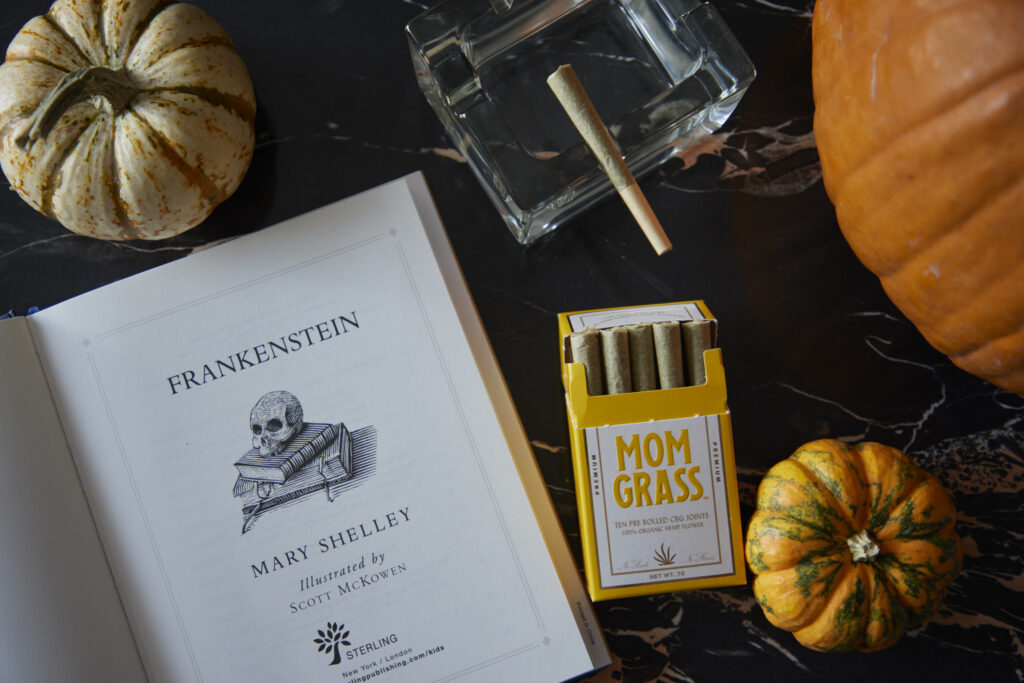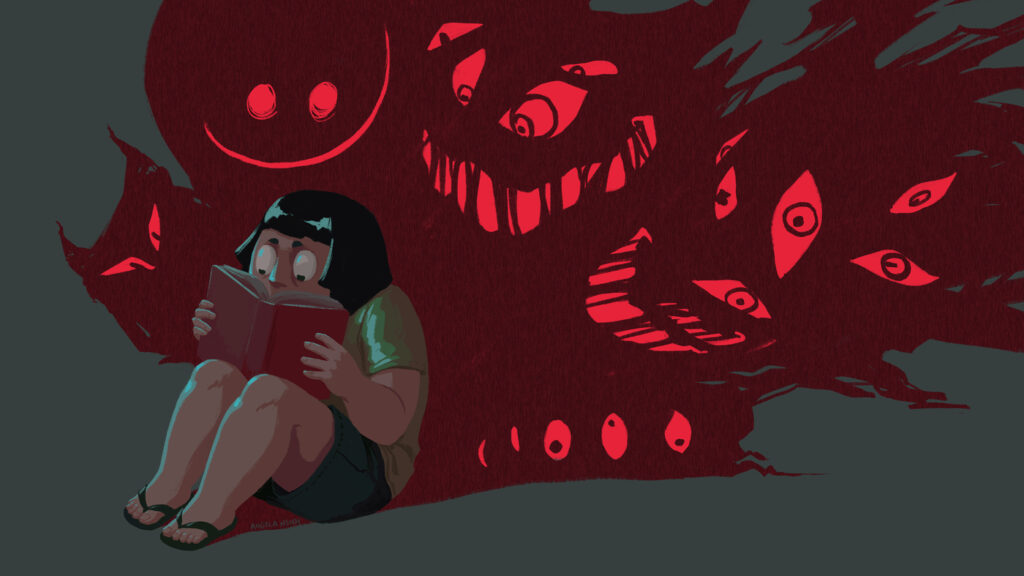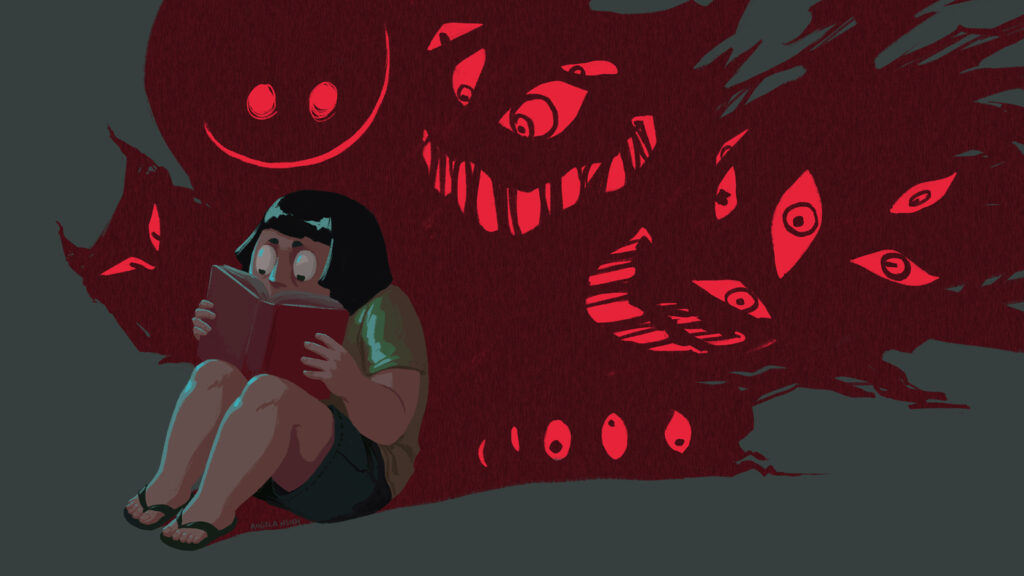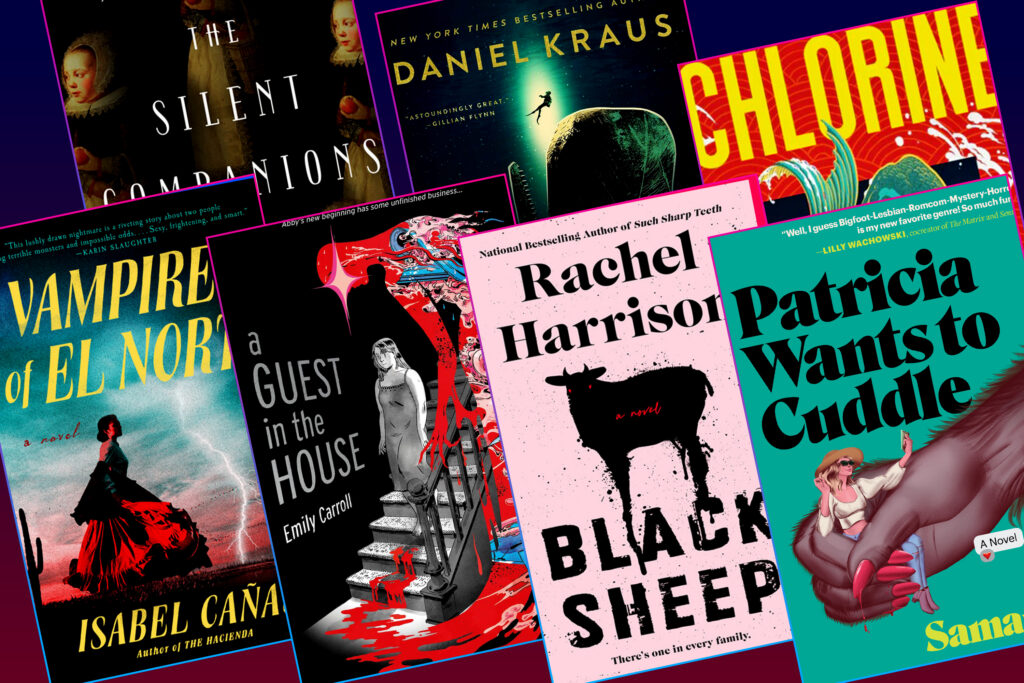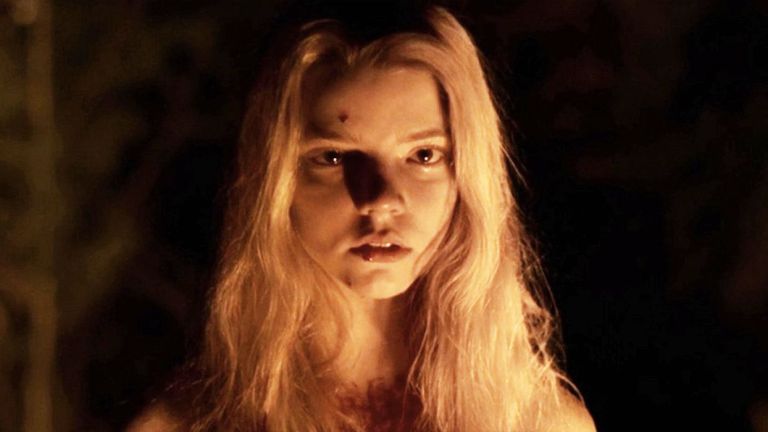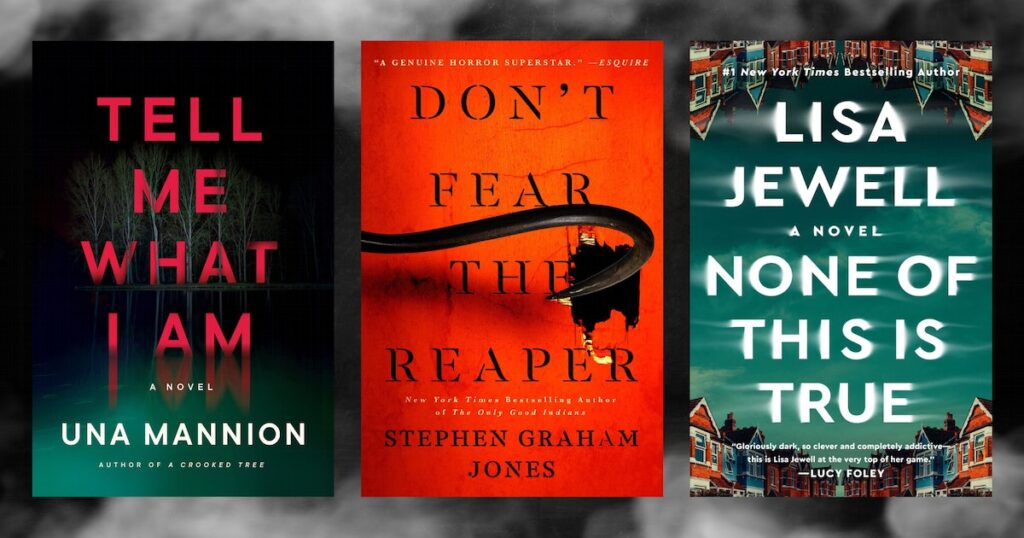A Second Look at ‘Frankenstein’: Unwrapping the Genesis of Sci-Fi Horror
Have you ever heard about a book called ‘Frankenstein’? This isn’t about the green monster you dress up as on Halloween. This is about a clever woman named Mary Shelley who created a spine-tingling tale that became the very first story of science fiction horror. In this article, you are going to learn about the real ‘Frankenstein’. Now, don’t worry. It’s not too scary. It’s more like going on an adventure into a world of big ideas where science, creation, and what it means to be a monster all swirl together. Ready to begin?
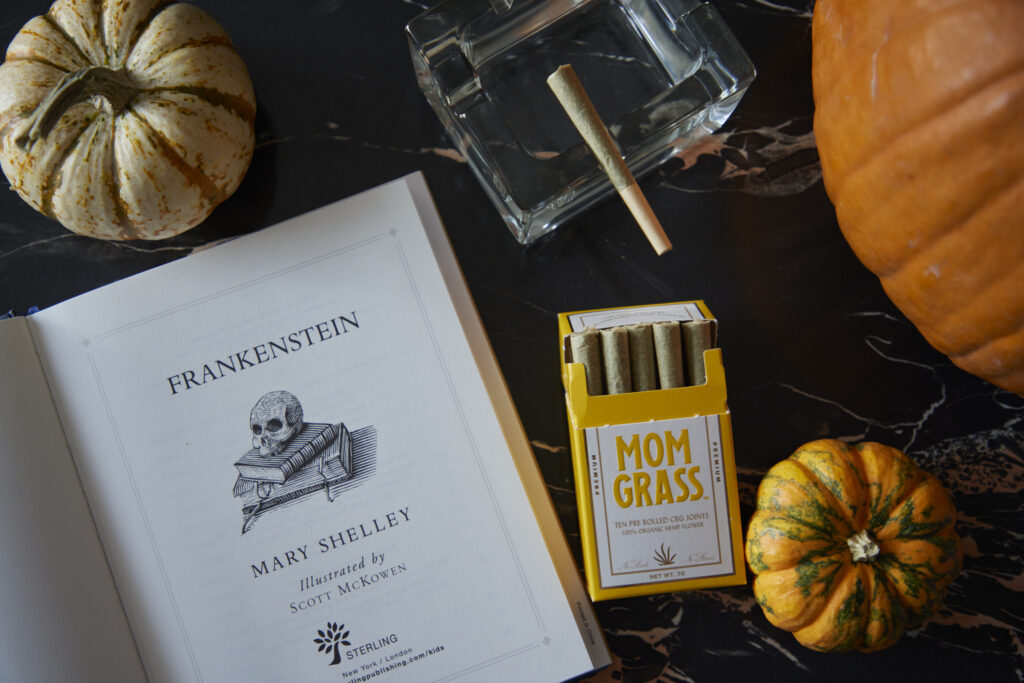
This image is property of images.pexels.com.
The Makings of Mary Shelley
The life and times of Mary Shelley
Mary Shelley was a writer just like your favorite author. She was born in London, a city in another country called England, a long, long time ago in 1797. When she was a little girl just like you, her mom died. Her father, who was also a writer, raised her. Mary was a very clever girl, and she loved to learn and read lots of books. When she grew up, she fell in love with a poet named Percy Bysshe Shelley and they traveled a lot together. She lived a very interesting life, and it helped her come up with creative stories like ‘Frankenstein.’
Early inspirations and influences
As a little girl, Mary listened to her father’s stories and friends’ ideas about life, politics, and more complex things. These people who visited her home were some of the smartest people of her time. Their conversations made her think a lot, and helped her become the brilliant writer she was.
Historical context shaping Shelley’s views
The time Mary lived in was very exciting. Lots of new ideas were being shared about how people should live and what was right and wrong. People were also learning more about science, how the world works, and what makes us human. This helped Mary think about big questions, like what does it mean to be alive? What makes a monster? And can we create life? These are all ideas she played with in her story, ‘Frankenstein.’
A Brief Retrospect: The Birth of ‘Frankenstein’
The conception of the novel
The idea for ‘Frankenstein’ came to Mary while she was on a holiday with her husband and some friends. The weather was really bad, so they stayed indoors and told scary stories. Mary wanted to think of a story that was really frightening, one that would make her friends shudder. After thinking about it, she dreamed about a scientist who created a monster. This dream was the start of ‘Frankenstein.’
The story behind the story
Mary wrote ‘Frankenstein’ as a challenge to write the scariest story. She thought of a scientist who makes a monster from dead body parts. But her story is not just about scaring people. She wanted to make readers think. She asked big questions about life, creation, and responsibility.
Impact of the ‘Frankenstein’ upon release
When ‘Frankenstein’ first came out, people were very surprised. It was very different from other books at that time and many found it scary. But it also made people think about science and what it means to be human. And that’s why we still talk about it today, even after more than 200 years!
A Deep Dive into the Plot
Understanding the narrative structure
If ‘Frankenstein’ was a house, the narrative structure is its blueprint. It’s not a straight story. There are many layers to it, like a sandwich or a cake. The story is told by different characters, and each one gives us a new perspective, a different slice of the cake.
Key themes and their relevance
Just as cakes have different flavors, ‘Frankenstein’ has different themes. It talks about the relationship between creators and their creations, responsibility, revenge, loneliness, and what it means to be human. These big questions make it a very special cake, one that tastes different every time you bite into it.
Character analysis and their roles
There are many interesting characters in ‘Frankenstein.’ Each character, like Dr. Frankenstein, the monster, and even minor characters, add something to the story. Each one helps us see things from a different viewpoint, like looking through different colored glasses.
Concept of ‘Monster’ in ‘Frankenstein’
Interpretation of the monster
In ‘Frankenstein’, the monster isn’t a typical monster like the ones under your bed. It’s a creature born from science, and it doesn’t even have a proper name! Some people think it’s a monster because of how it looks, but if you read the book, you’ll find out there’s more to it than that.
Humanizing the monster: Empathy for ‘the other’
Do you remember how the Grinch wasn’t really mean, he was just misunderstood? It’s kind of like that with the monster in ‘Frankenstein’. People were afraid of it because it was different. Mary Shelley wanted us to feel for the monster and maybe even question who the real monster is in the story.
The Monster as an extension of Dr. Frankenstein
The monster in ‘Frankenstein’ is not just a scary creature. He represents bigger ideas. Some say that the monster is like a mirror to Dr. Frankenstein, showing him, and us, what can happen when people don’t take responsibility for their actions.
‘Frankenstein’ and the Development of Science Fiction
‘Frankenstein’ as a product of its scientific age
‘Frankenstein’ is like a seed that sprouted into a big tree called science fiction. Shelley was inspired by the scientific discoveries and ideas of her time. Just like how you might imagine talking animals or magical worlds, Shelley imagined what would happen if someone could create life.
The perception of science and technology in the novel
In ‘Frankenstein,’ Mary Shelley makes us think about science and technology. Are they always good things? Can they be dangerous? What happens if we use them without thinking about the consequences? These are some important questions you’d find in the book.
How ‘Frankenstein’ laid the groundwork for Sci-Fi
Just as a tiny seed can grow into a big tree, ‘Frankenstein’ helped science fiction grow. It made people imagine what could happen in the future and how science could change our lives. That’s why many people consider it the first science fiction novel.
‘Frankenstein’ – The Genesis of the Sci-fi Horror Subgenre
Defining the Sci-Fi Horror subgenre
scary stories and science fiction stories had a baby, and it’s called Sci-Fi Horror! It combines the chills and thrills of horror stories, and the big ideas and imaginative settings of science fiction. ‘Frankenstein’ is one of the first and best examples.
How ‘Frankenstein’s monster’ became a staple of Horror
Just as hamburgers are a staple, or a must, at a barbecue, ‘Frankenstein’s monster’ became a must in horror stories and films. His iconic look and unforgettable story make him an important part of any scary story gathering.
Trends and tropes influenced by ‘Frankenstein’
There are many common themes or ideas called tropes in horror and science fiction, like the mad scientist or the misunderstood monster. ‘Frankenstein’ helped create and popularize these tropes, influencing many books and movies that came after it.
Literary Analysis of ‘Frankenstein’
The novel’s narrative structure
‘Frankenstein’ has a unique way of telling its story. It’s like a matryoshka doll, a story inside a story inside a story, which shows us different viewpoints and adds excitement to the story.
The use of symbolism and metaphors
Mary Shelley uses symbolism—a character, place, thing, or event that represents an idea—and metaphors to tell her story. Just like you might imagine your bedroom as a spaceship, she uses these tools to make the story more meaningful and interesting.
Exploring the complexity and depth of characters
The characters in ‘Frankenstein’ are more than they seem, they’re complex, like a giant puzzle. Each one has their good and bad sides, dreams, fears, and they all help us understand the big ideas and themes in the story.
Film Interpretations and Adaptations
First cinematic adaptations of ‘Frankenstein’
A few years after ‘Frankenstein’ was published, people started making it into movies. The monster started to look the way people usually picture it now—with a big, squarish head, bolts in its neck, and large, clumsy boots.
The evolution of the ‘Frankenstein Monster’ on screen
‘Frankenstein’s monster’ has changed a lot in movies over the years. Sometimes he’s very scary, sometimes he’s funny, and sometimes, he’s even a bit silly. Each version is different, but they all come from Mary Shelley’s original idea.
Most acclaimed and dramatic versions
There have been many movies of ‘Frankenstein’. Some are very scary and dramatic, like the one made in 1931. Others, like ‘Young Frankenstein’, which is a comedy, are not scary at all. Each version has its own way of telling Mary Shelley’s story.
‘Frankenstein’s’ Cultural Impact and Legacy
‘Frankenstein’ in Popular Culture
‘Frankenstein’ is everywhere in popular culture. You can find references to it in cartoons, comic books, video games, and even on cereal boxes! It’s also a big hit during Halloween.
The societal perception of ‘Frankenstein’
People see ‘Frankenstein’ not just as a scary story, but as a story that makes us think. It’s a story about science, responsibility, and what it means to be human. Many people see it as a warning about what can happen if we don’t think about the consequences of our actions.
The monster as a symbol in modern times
The monster in ‘Frankenstein’ has become a symbol for anyone who feels different or misunderstood. He reminds us not to judge people by how they look and to always think about the consequences of our actions.
The Halloween Junkie Take
Light-hearted ‘Frankenstein’ references during Halloween
Halloween is the best time to see ‘Frankenstein’ out and about. You might see kids dressed as the monster trick or treating, or on Halloween decorations. Just like pumpkins, black cats and witches, ‘Frankenstein’ has become a big part of Halloween.
How ‘Frankenstein’ adds to the Halloween fun
‘Frankenstein’ makes Halloween more fun because it adds a touch of classic horror. Can you imagine Halloween without ‘Frankenstein’? Neither can we! Nothing beats a good, old fashioned scary story to add to the spooky spirit.
The undying love for ‘Frankenstein’ in popular culture
Just like how children love candy, people love ‘Frankenstein’. It’s a story that’s held a special place in our hearts for more than 200 years and will continue to do so. Its thought-provoking story and unforgettable monster make it one of a kind. One thing’s for sure, ‘Frankenstein’ is not going away anytime soon!
A Second Look at ‘Frankenstein’: Unwrapping the Genesis of Sci-Fi Horror Read More »

